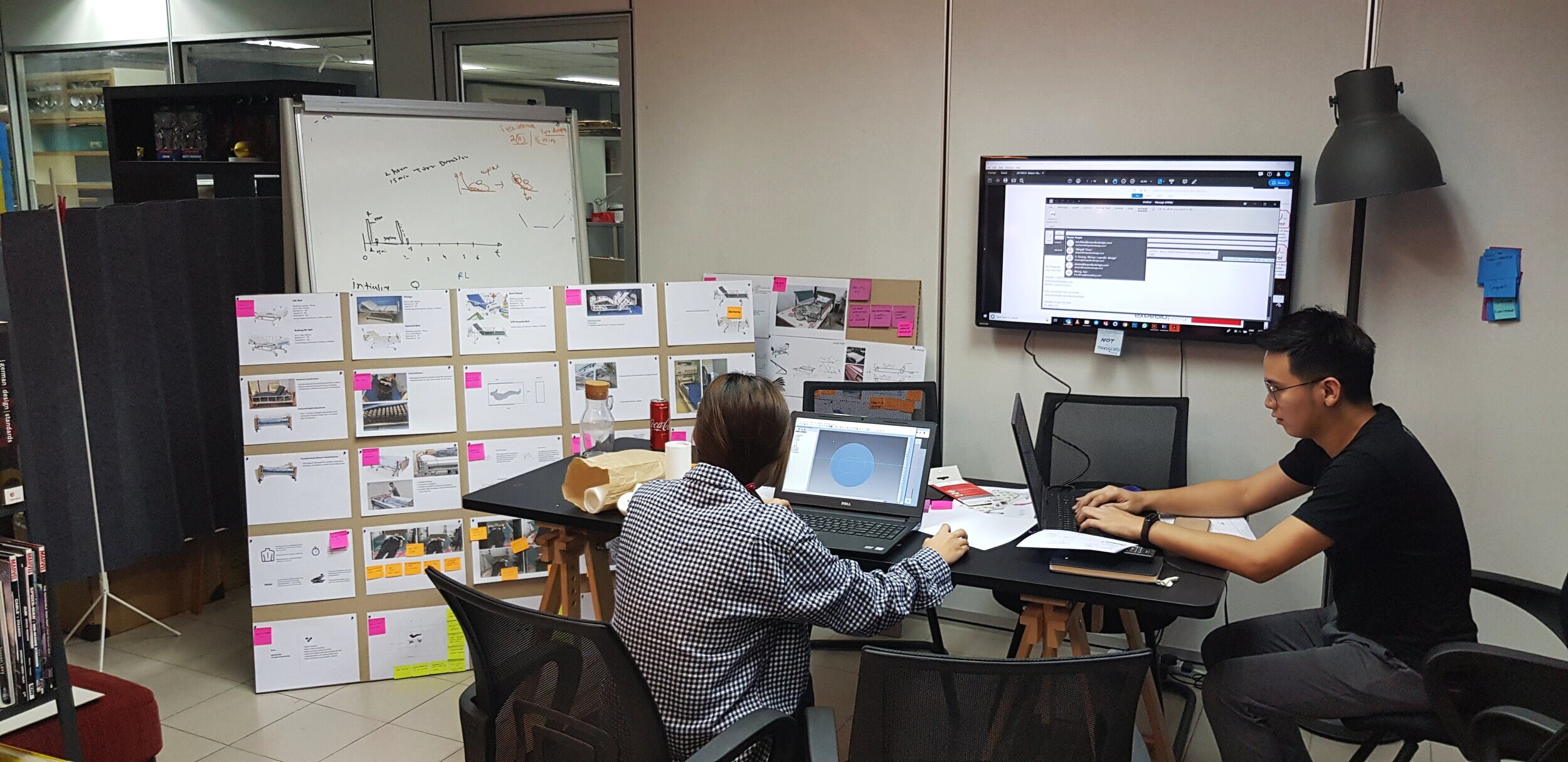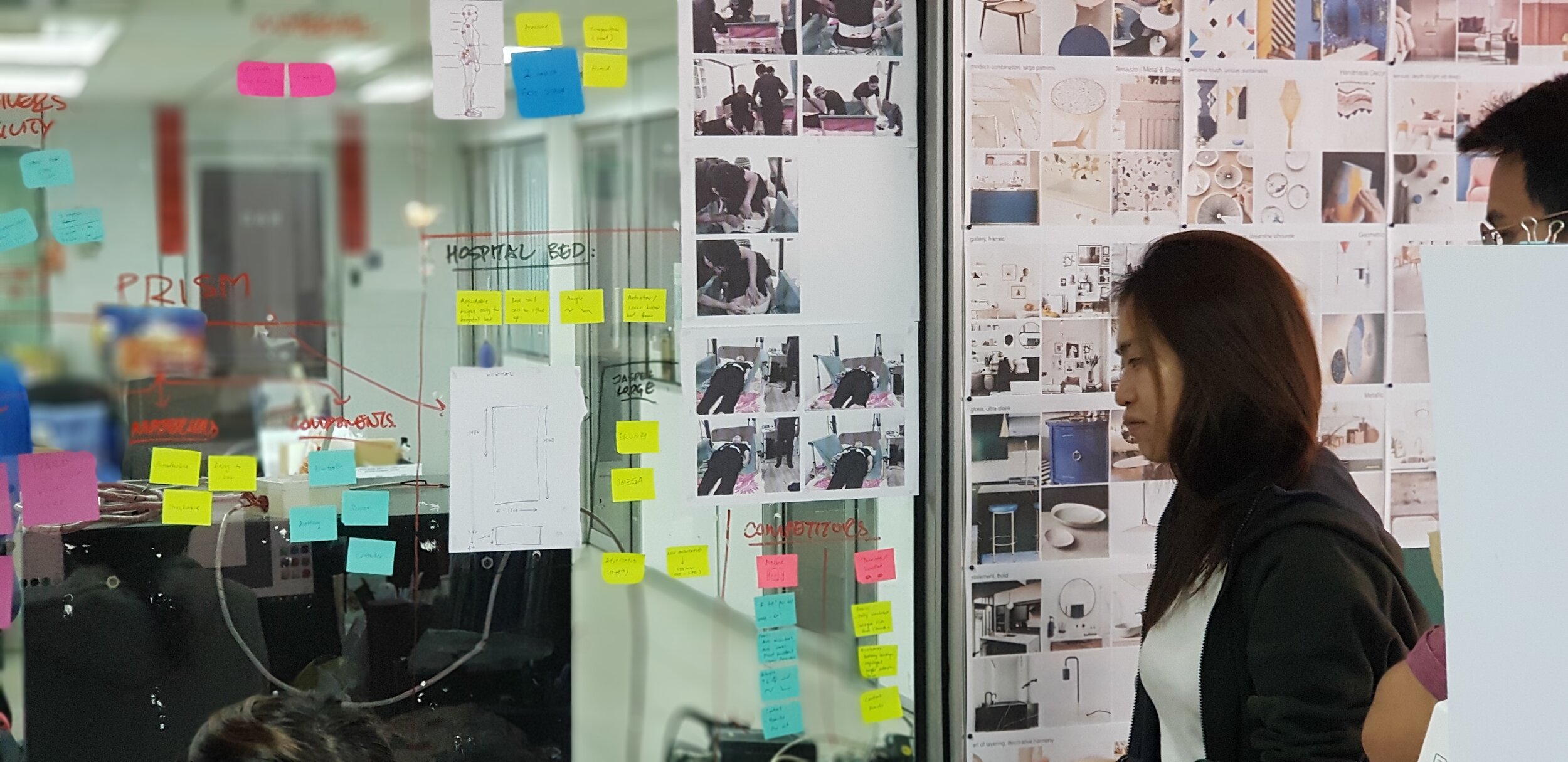There are many ways to come up with ideas, and one of the most common methods known is brainstorming. While it is widely used in educational institutions and corporations, brainstorming is not a one size fits all method, and many studies revealed that it may not be as effective as many of us thought it would be. We second that too.
Generating ideas are always about striking the balance between quality and quantity. Brainstorming tends to fall on the latter. However, let’s not reject this method entirely as it still does come in handy when quick ideas are needed.
In Expedio, we practice varied methods of idea generation depending on what is required from the project brief. Let us look into some of these methods, with their pros and cons.
Slow BUILD & Rapid Research METHOD
This method is about giving your mind the time to think through your ideas, and building it without being influenced by external comments at the early stages of conceptualization. In Expedio, we practice this method by introducing the project brief, and we will all be given a day or two, to come up with very brief research and sketches to illustrate the idea, and then only we would present these ideas to the team.
Pros: The ideas generated are more substantial, and team members are given more time to put together elements that would help others visualize and understand the idea better. It prevents misinterpretation of the idea, and increases the chances of the idea’s ‘survival’.
Cons: It may take up 3 days or more for the whole process, and elimination of the ideas takes a longer time as there are more factors to be considered. Best to plan ahead, say 1 week before presenting the ideas to your management/ client.
Brain-SCRIBBLING & Mashing METHOD
This method is similar to brainstorming without the need to shout out your idea (Intimidating for a bunch of introvert designers). Every team member writes down their ideas either on post-its notes, or a digital sharing board. The ideas will then be reviewed without being shut down, and possibilities of combining these ideas will be explored.
In Expedio, we utilize digital tools like Miro to document the ideas and gather external references for easier visualization. As we are in the creative industry, it is very important for us to express ideas without having to deal with the many tool’s restrictions, hence it is important to find the right tools that suits your team’s needs.
Pros: Relatively faster, the whole process takes about 1 hour. Short and precise, as ideas are written in 1 sentence (to fit in 1 post-it note).
Cons: Ideas have to be accompanied by verbal explanations. Maybe a disadvantage for those who do not have a good command in the language spoken.
Idea generation through observation.
Observation & Rotate METHOD
Observation is one of the ways to generate ideas, it is basically studying existing situations or behaviours and coming up with customized solutions. This method differs from surveying solutions that are already available out there, and can result in very unique ideas.
We had a project with a very general brief eg. ‘Find problems within homes’. General briefs may give you full creative control, however, you may also encounter the problem of not knowing where to start. In these types of situations, it is best to create a structure to work and modify as you go.
We identified key areas in the homes and separate our teams into teams of twos. Every 2 days, we would rotate the teams to different areas to gather a new perspective of the areas. By end of the week, the team gathered a total of 100 observations, and ideas are generated based on these observations.
Pros: High quantity of ideas generated relevant to the situations with user insights. Observations are also documented as a strong base/ foundation for research.
Cons: Very varied ideas as every individual have their own ways of dealing with different situations (interference of personal preferences). Not all of the ideas are practical/ usable. Requires a minimum of 3 days for planning, execution and synthesis/ idea generation.
Summary
These methods above are used by our team in varied circumstances and they can be tweaked to a shorter duration with different parameters base on your team’s needs. What differs between them is the process and you have to determine which of the elements in each of the processes is more relevant to your situation/ objectives.
If information is important to influence your ideas, then brain-scribbling may not be the best choice as it does not provide the time for external research. If you need quick ideas within 30 mins, the good old brainstorming works fine. If none of these work for you, there are more methods available and you can easily google them to try out!
All the best and good luck!



